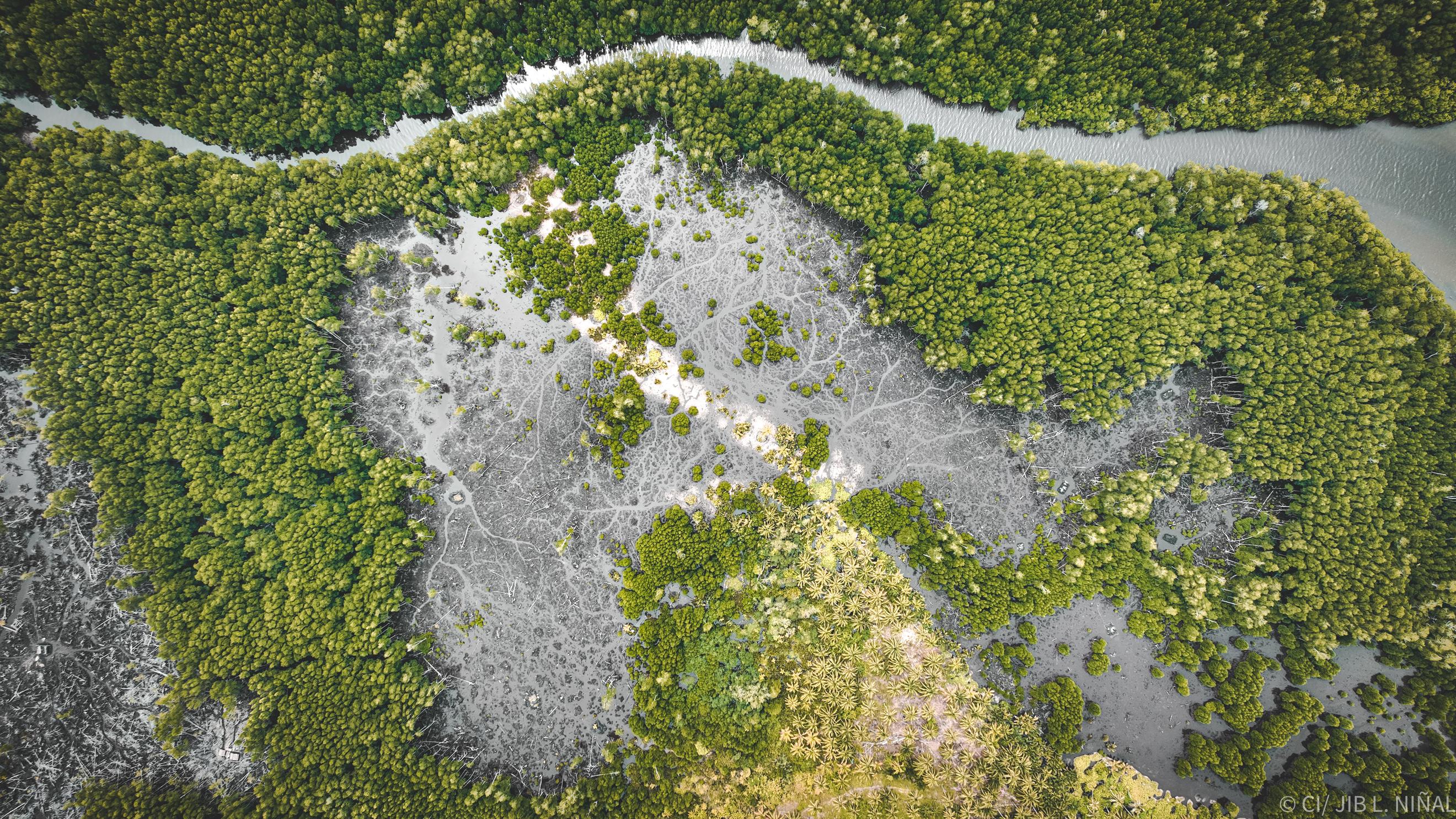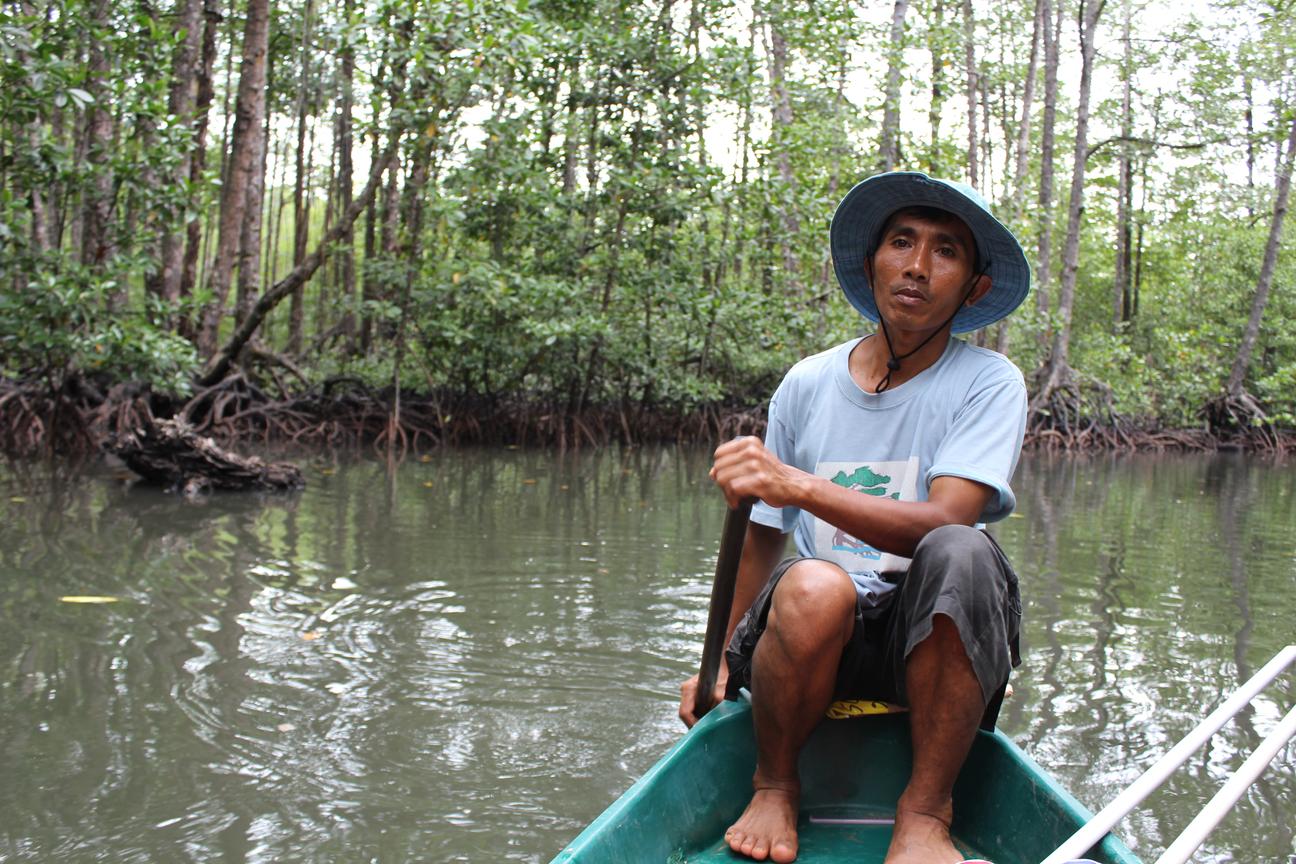
Protecting nature and the benefits it provides
For more than 25 years, Conservation International-Philippines has worked to protect Philippines’ forests, seas and biodiversity, for the long-term benefit of Filipinos.
Through a combination of applied science, policy work and efforts in the field, we provide actionable solutions to pressing environmental issues that threaten livelihoods — such as deforestation, marine habitat loss, and declining fish stocks. Working with national and local partners, we’re restoring forests and rehabilitating mangroves, establishing protections for delicate terrestrial and marine ecosystems, and fighting biodiversity loss in a nation that boasts more than 20,000 species of plants and animals found nowhere else on Earth.
From Mount Mantalingahan to the Sulu-Sulawesi Seascape, we remain committed to protecting nature in Philippines and the benefits it provides.
1995
YEAR FOUNDED
16.7M
PEOPLE
dependent on nature in Philippines1
254M
METRIC TONS
of irrecoverable carbon in Philippines2
746
VERTEBRATE SPECIES
that are endemic to Philippines3
Areas we work

Indigenous Peoples-led Forest Protection and Management in Southern Palawan
With more than half of the remaining intact forestlands and biodiversity hotspots in the country are within the ancestral domains of indigenous peoples—it is indispensable that the indigenous peoples take front and center in forest protection, management and biodiversity conservation.
Conservation International Philippines is working with at least 15 indigenous Palaw’an communities in southern Palawan to integrate forest protection, sustainable land management and nature finance to protect and preserve the remaining 120,000 hectares of forests of the Mt. Mantalingahan Protected Landscape and its adjacent forests in southern Palawan, Philippines. These forests are also home to over 200 species of endemic species of terrestrial vertebrates and vascular plants more than half of which are listed as threatened by the IUCN.
This work entails the combined use of science, traditional practices and innovative policy and finance to implement an indigenous-led and focused conservation program. The program has established forest protection activities in 96,000 hectares of forests while providing livelihood support programs anchored on non-timber forest products such as resin, honey and the like to at least 12,000 members of the Palaw’an indigenous peoples.
References
- Fedele, G., Donatti, C. I., Bornacelly, I., & Hole, D. G. (2021). Nature-dependent people: Mapping human direct use of nature for basic needs across the tropics. ScienceDirect, 71. https://doi.org/10.1016/j.gloenvcha.2021.102368
- Conservation International (2021, November). Irrecoverable Carbon. Retrieved January 2025, from https://www.conservation.org/irrecoverable-carbon
- The IUCN Red List of Threatened Species. (2024). Table 8a: Total, threatened, and EX & EW endemic species in each country [Fact sheet]. https://www.iucnredlist.org/resources/summary-statistics#Summary%20Tables